Home>Gardening & Outdoor>Landscaping Ideas>How Do Sheep Eat Grass
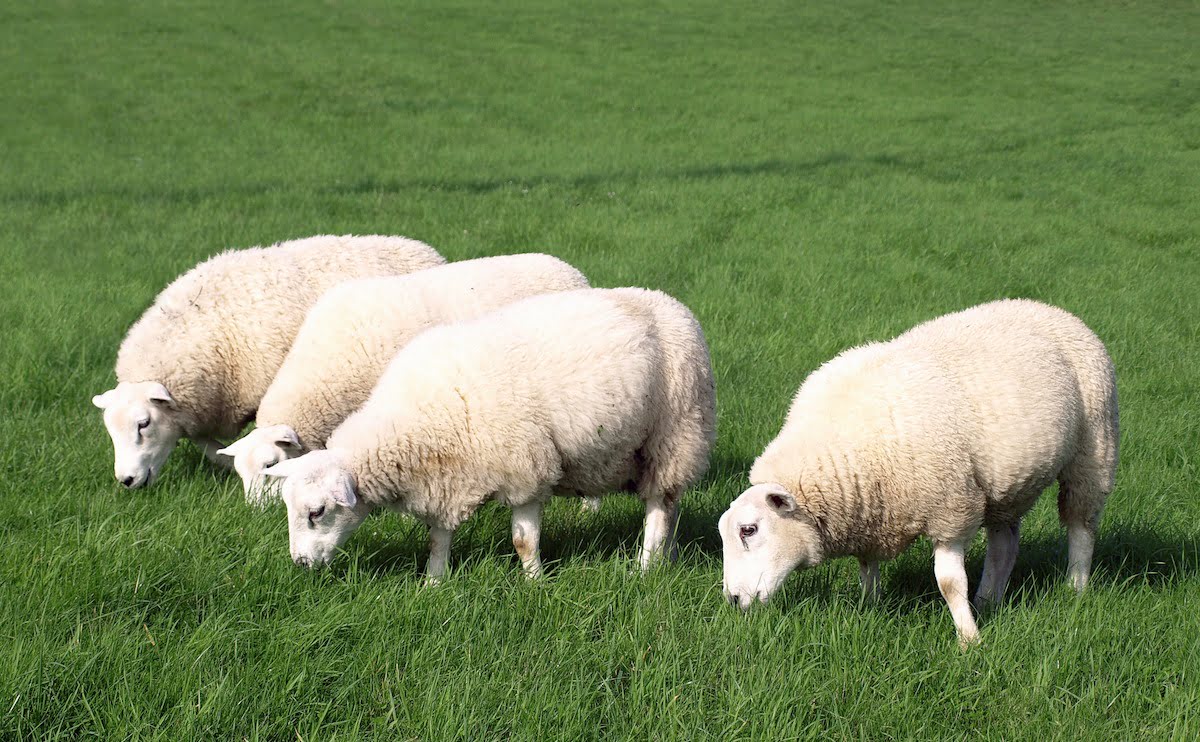

Landscaping Ideas
How Do Sheep Eat Grass
Modified: January 29, 2024
Learn how sheep can help with your landscaping ideas by efficiently eating grass and keeping your lawn well-maintained. Discover the benefits of using sheep for natural lawn care.
(Many of the links in this article redirect to a specific reviewed product. Your purchase of these products through affiliate links helps to generate commission for Storables.com, at no extra cost. Learn more)
**
Introduction
**
Sheep are fascinating creatures that play an integral role in various ecosystems and agricultural settings. Their dietary habits, particularly their consumption of grass, are essential to their overall well-being and are of interest to both farmers and animal enthusiasts. Understanding how sheep eat grass involves delving into their digestive system, grazing behavior, nutritional requirements, and grass consumption patterns. By exploring these aspects, we can gain a deeper appreciation for the intricate relationship between sheep and their primary source of sustenance. Let's embark on an enlightening journey into the world of sheep and their unique dietary habits.
Key Takeaways:
- Sheep have a special stomach that helps them digest grass, which other animals can’t do. This makes them unique and important for the environment and farming.
- Farmers need to understand how sheep eat grass to keep them healthy. By managing their grazing and providing good quality grass, sheep can thrive and contribute to sustainable land management.
Read more: What Kind Of Grass Do Sheep Eat
The Digestive System of Sheep
Sheep possess a complex digestive system that enables them to efficiently process the plant-based diet upon which they primarily rely. Their digestive tract consists of four main components: the rumen, reticulum, omasum, and abomasum. The rumen, the largest compartment, serves as a fermentation vat where ingested grass undergoes microbial breakdown. This process allows sheep to derive nutrients from cellulose, a component that is indigestible to many other animals. The reticulum aids in the regurgitation of food for further chewing, promoting thorough digestion. Subsequently, the omasum filters excess water and absorbs crucial nutrients, while the abomasum functions similarly to a human stomach, further breaking down food through acid secretion.
Understanding the intricacies of the sheep's digestive system sheds light on their remarkable ability to thrive on a diet primarily composed of grass. The fermentation process within their rumen plays a pivotal role in extracting essential nutrients from cellulose, highlighting the efficiency of their digestive mechanisms.
By comprehending the inner workings of the sheep’s digestive system, farmers and animal caretakers can optimize their feeding strategies to ensure the well-being and productivity of their flocks. This knowledge underscores the significance of grass in the diet of sheep and the vital role it plays in sustaining these resilient and valuable animals.
Grazing Behavior
Sheep exhibit distinct grazing behaviors that are influenced by various factors, including their natural instincts, environmental conditions, and social dynamics within the flock. When grazing, sheep display a preference for consuming tender, leafy grasses, often displaying selective feeding habits. This behavior aligns with their innate ability to discern the nutritional value of different plant species, allowing them to optimize their diet based on the available vegetation.
Furthermore, sheep tend to graze in a systematic manner, moving across pastures while closely cropping the grass. This rotational grazing pattern prevents overgrazing in specific areas and allows the vegetation to regenerate, contributing to sustainable land management practices. Additionally, the social dynamics within a flock can influence grazing behavior, as sheep often observe and learn from one another, leading to collective grazing patterns and the dissemination of feeding knowledge throughout the group.
Understanding the grazing behavior of sheep is crucial for farmers and land managers, as it enables them to implement effective grazing strategies that promote both the health of the sheep and the sustainability of the grazing land. By recognizing the innate grazing tendencies of sheep and leveraging this knowledge, individuals can facilitate harmonious interactions between the animals and their environment, fostering a balanced ecosystem that benefits both the sheep and the land they inhabit.
Sheep eat grass by using their strong, flat teeth to pull the grass from the ground. They then use their tongues to push the grass into their mouths and chew it thoroughly before swallowing.
Nutritional Requirements
Sheep have specific nutritional requirements that must be met to ensure their overall health, productivity, and well-being. These requirements encompass various essential nutrients, including carbohydrates, proteins, fats, vitamins, and minerals, all of which are vital for supporting bodily functions, growth, and reproduction. Grass, as the primary component of a sheep’s diet, plays a pivotal role in meeting these nutritional needs.
Grasses provide a rich source of carbohydrates in the form of cellulose, hemicellulose, and pectin, which are essential for energy production and overall metabolic function in sheep. Moreover, grasses contain varying levels of protein, with legumes such as clover and alfalfa offering higher protein content, contributing to the sheep’s muscle development, immune system function, and wool production.
Furthermore, grasses supply sheep with essential vitamins and minerals, including vitamin A, vitamin E, calcium, and phosphorus, all of which are crucial for maintaining optimal health and preventing nutritional deficiencies. The diverse array of nutrients present in grasses collectively supports the complex physiological processes within a sheep’s body, from bone development to immune system regulation.
Understanding the nutritional requirements of sheep is imperative for farmers and animal caretakers, as it enables them to formulate balanced diets that align with the specific needs of their flocks. By ensuring that sheep have access to high-quality grasses that fulfill their nutritional requirements, individuals can promote the overall health and vitality of these resilient animals, fostering robust immune systems, efficient growth, and sustainable wool production.
Grass Consumption
Sheep are voracious grazers, consuming significant quantities of grass to meet their dietary needs. The amount of grass a sheep consumes can vary based on factors such as breed, age, reproductive status, and environmental conditions. On average, a mature sheep can consume approximately 2-4% of its body weight in dry matter per day, with lactating ewes and growing lambs requiring higher levels of grass intake to support their increased energy demands.
Grass consumption also fluctuates seasonally, with sheep exhibiting heightened appetites during periods of lush pasture growth, such as spring and early summer. During these times, the nutritional quality of the grass is at its peak, providing sheep with ample sustenance to support their physiological needs. Conversely, in the winter months, when pasture growth is limited, supplemental feeding may be necessary to ensure that sheep receive adequate nutrition.
Sheep’s grazing behavior also influences their grass consumption, as they tend to graze for extended periods throughout the day, efficiently utilizing their specialized digestive system to extract nutrients from the ingested grass. This continuous grazing pattern allows sheep to fulfill their nutritional requirements while also contributing to the maintenance of pastures through controlled grazing practices.
Understanding the patterns and factors that influence grass consumption in sheep is crucial for farmers and animal caretakers, as it enables them to make informed decisions regarding pasture management, feed supplementation, and overall flock health. By monitoring and adjusting grass availability and quality, individuals can ensure that their sheep receive optimal nutrition, leading to robust health, productive breeding, and sustainable wool production.
Read more: Why Do Dogs Eat Grass
Conclusion
Exploring how sheep eat grass unveils the intricate interplay between these resilient animals and their primary source of sustenance. From their complex digestive system to their selective grazing behavior, sheep have evolved to thrive on a diet predominantly composed of grass. By harnessing their innate abilities to efficiently process and derive nutrients from grass, sheep contribute to the ecological balance of their grazing environments while providing essential resources for various agricultural and commercial purposes.
Understanding the nutritional requirements of sheep and the factors that influence their grass consumption is paramount for farmers and animal caretakers. By tailoring grazing strategies, implementing balanced diets, and ensuring access to high-quality grasses, individuals can promote the overall health, productivity, and welfare of their flocks. Moreover, sustainable land management practices, such as rotational grazing and pasture maintenance, contribute to the preservation of grazing ecosystems and the well-being of both sheep and the surrounding environment.
As we delve into the realm of sheep and their dietary habits, we gain a deeper appreciation for the resilience and adaptability of these remarkable creatures. Their ability to thrive on grass epitomizes the harmonious relationship between animals and their natural surroundings, showcasing the intricate balance that sustains life within diverse ecosystems.
In conclusion, the study of how sheep eat grass transcends mere dietary analysis; it encapsulates the essence of coexistence and mutual reliance within the intricate web of life. By recognizing and honoring the vital role of grass in the lives of sheep, we not only enrich our understanding of these animals but also deepen our reverence for the interconnectedness of all living beings within the tapestry of nature.
Frequently Asked Questions about How Do Sheep Eat Grass
Was this page helpful?
At Storables.com, we guarantee accurate and reliable information. Our content, validated by Expert Board Contributors, is crafted following stringent Editorial Policies. We're committed to providing you with well-researched, expert-backed insights for all your informational needs.
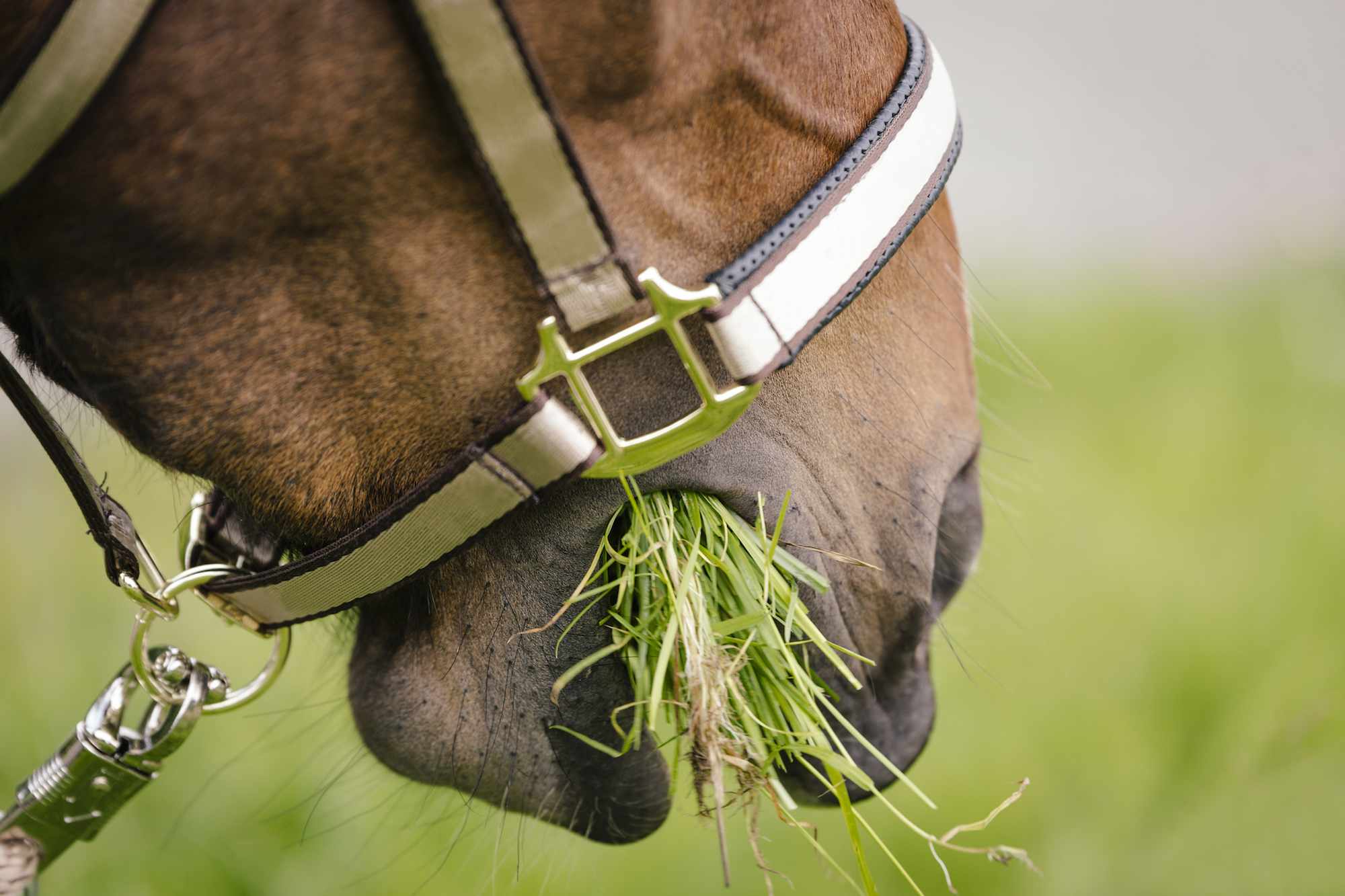

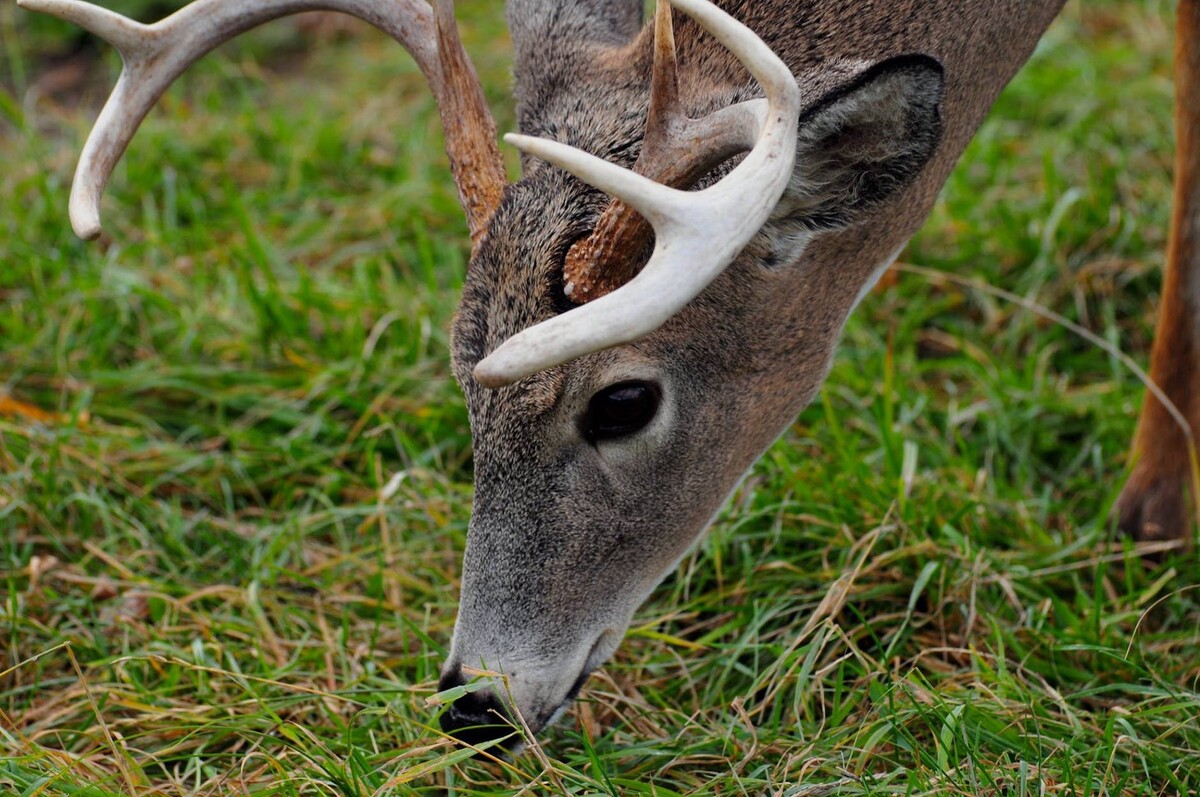
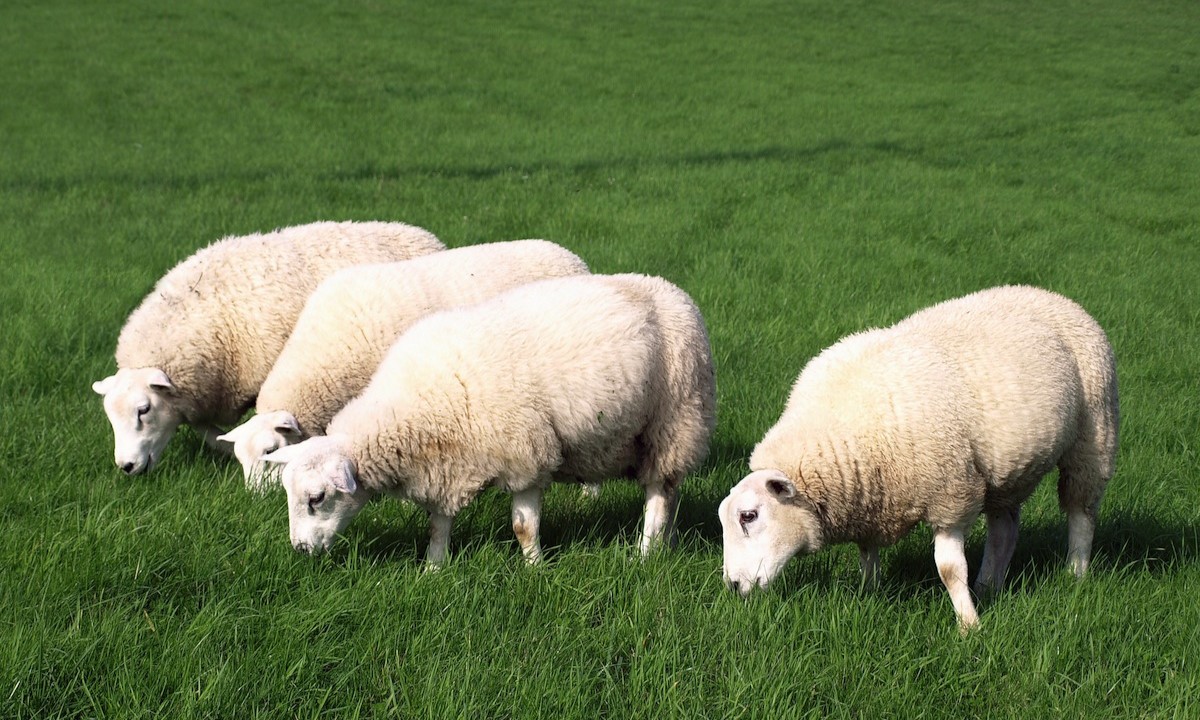
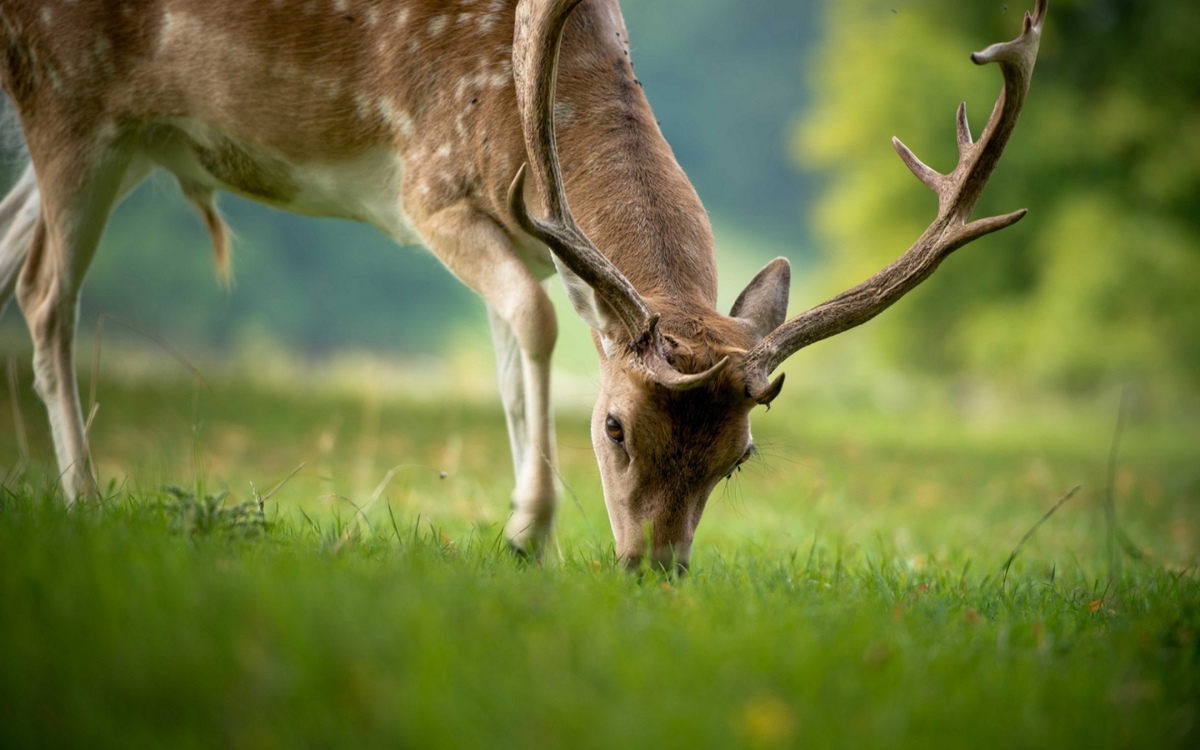
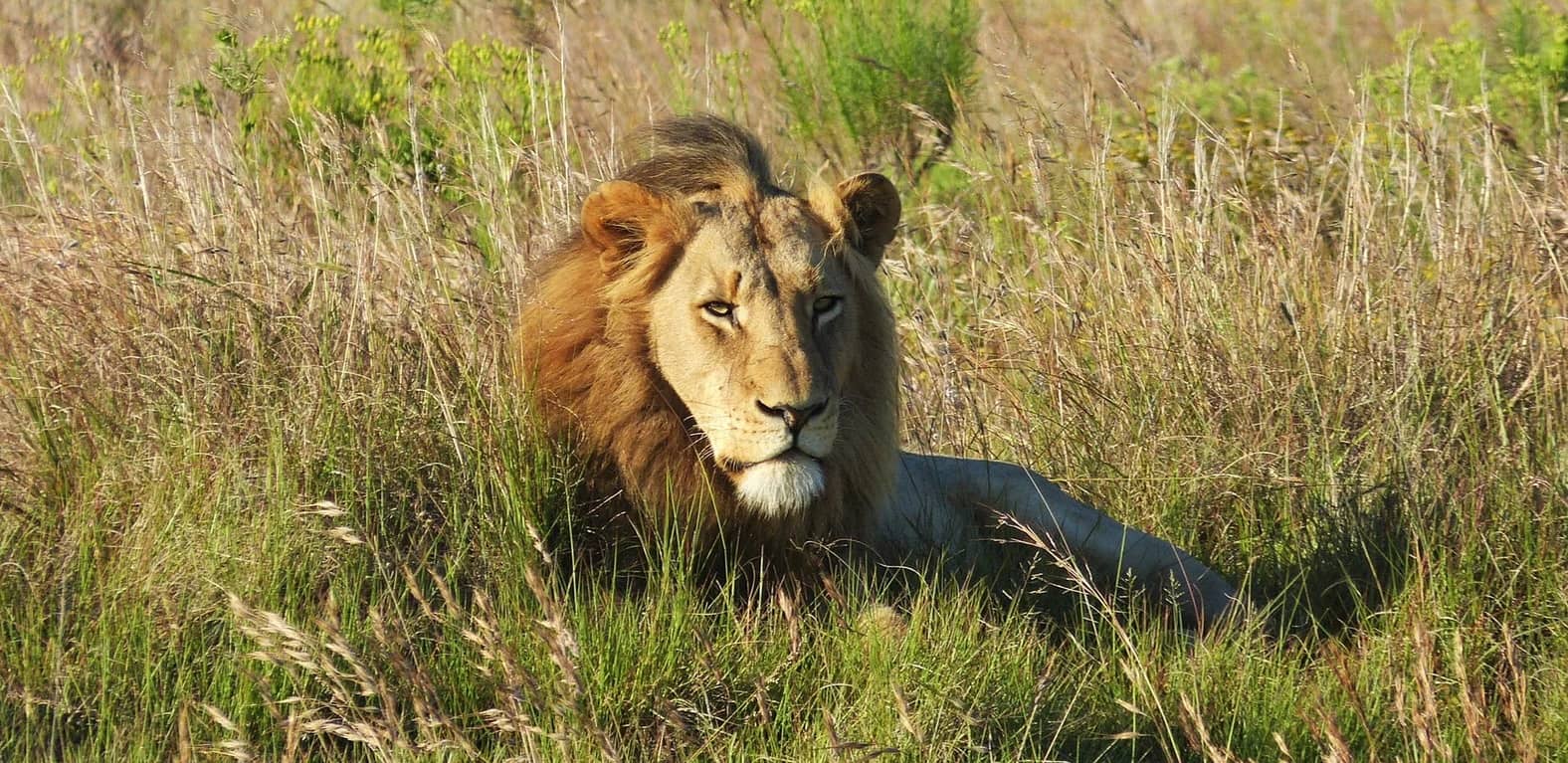
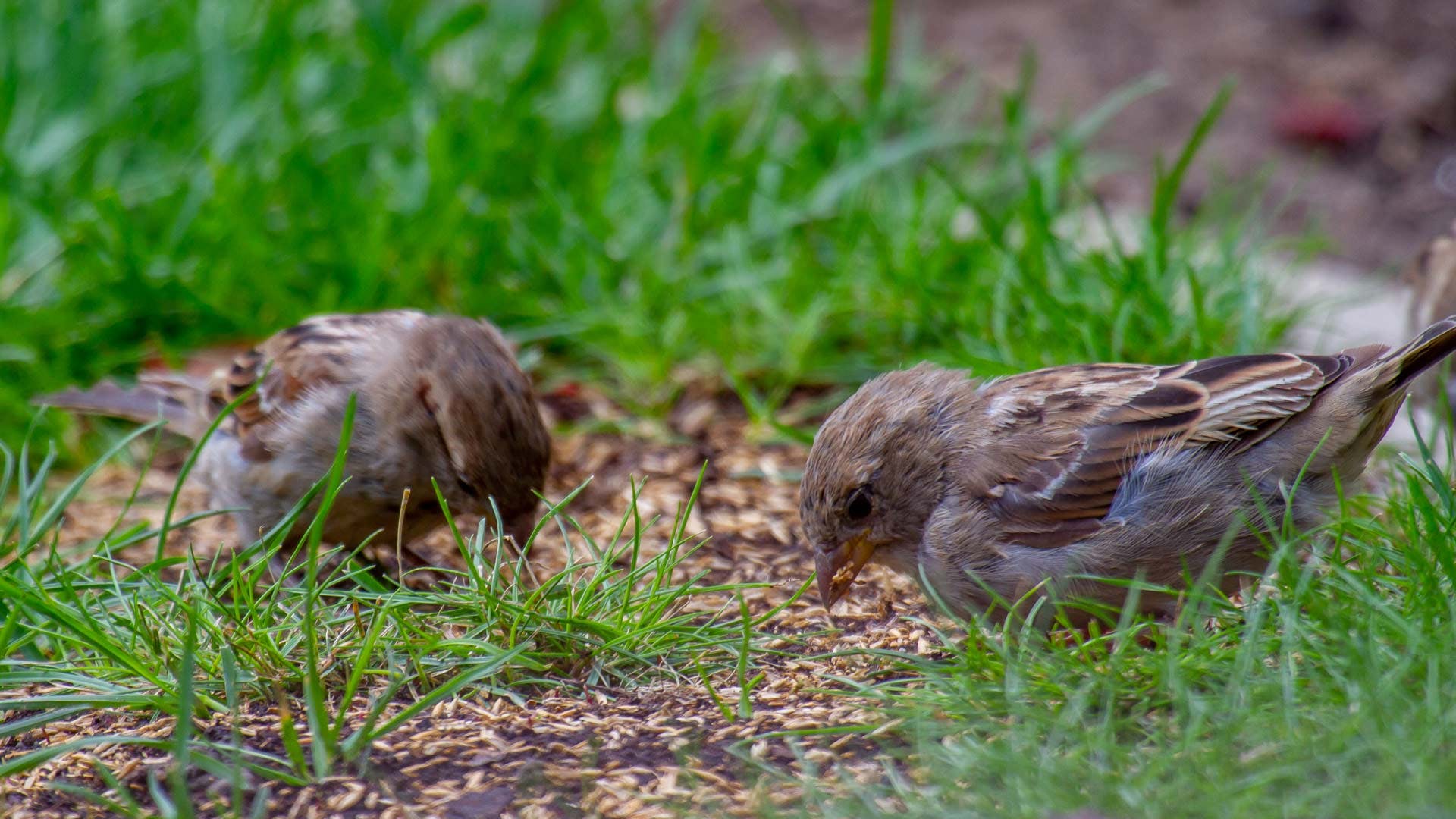
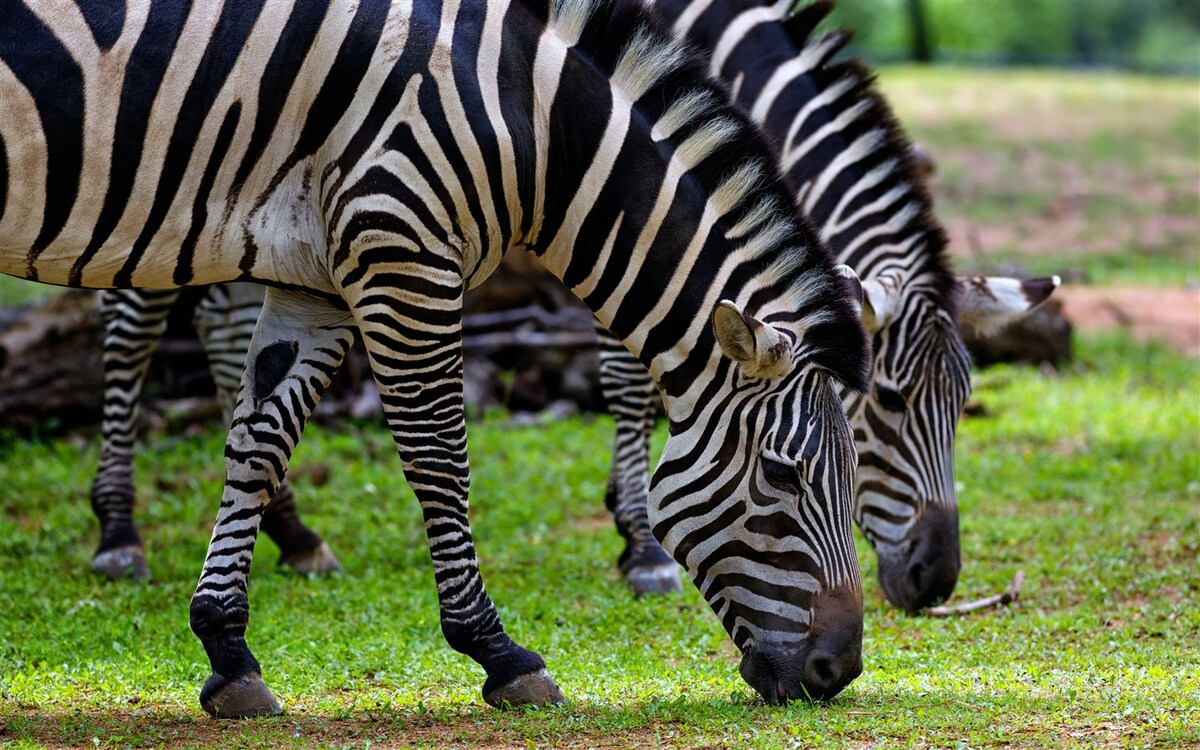
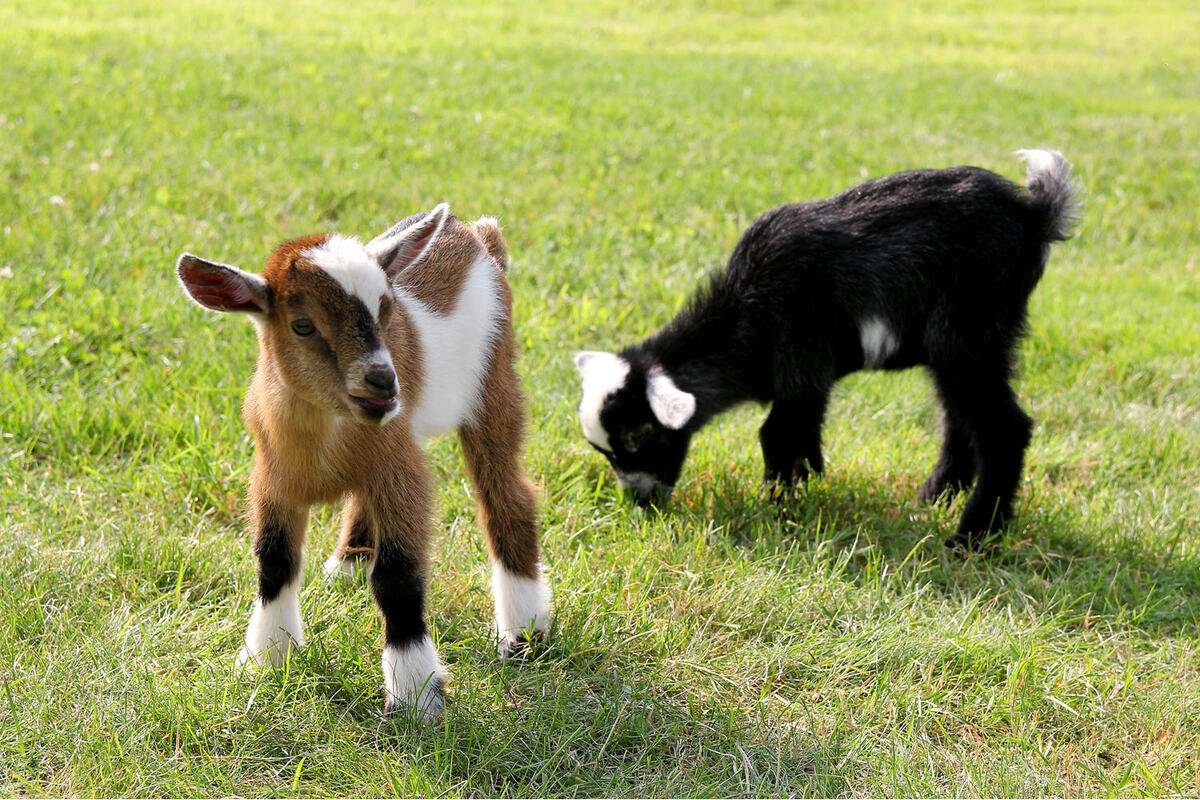
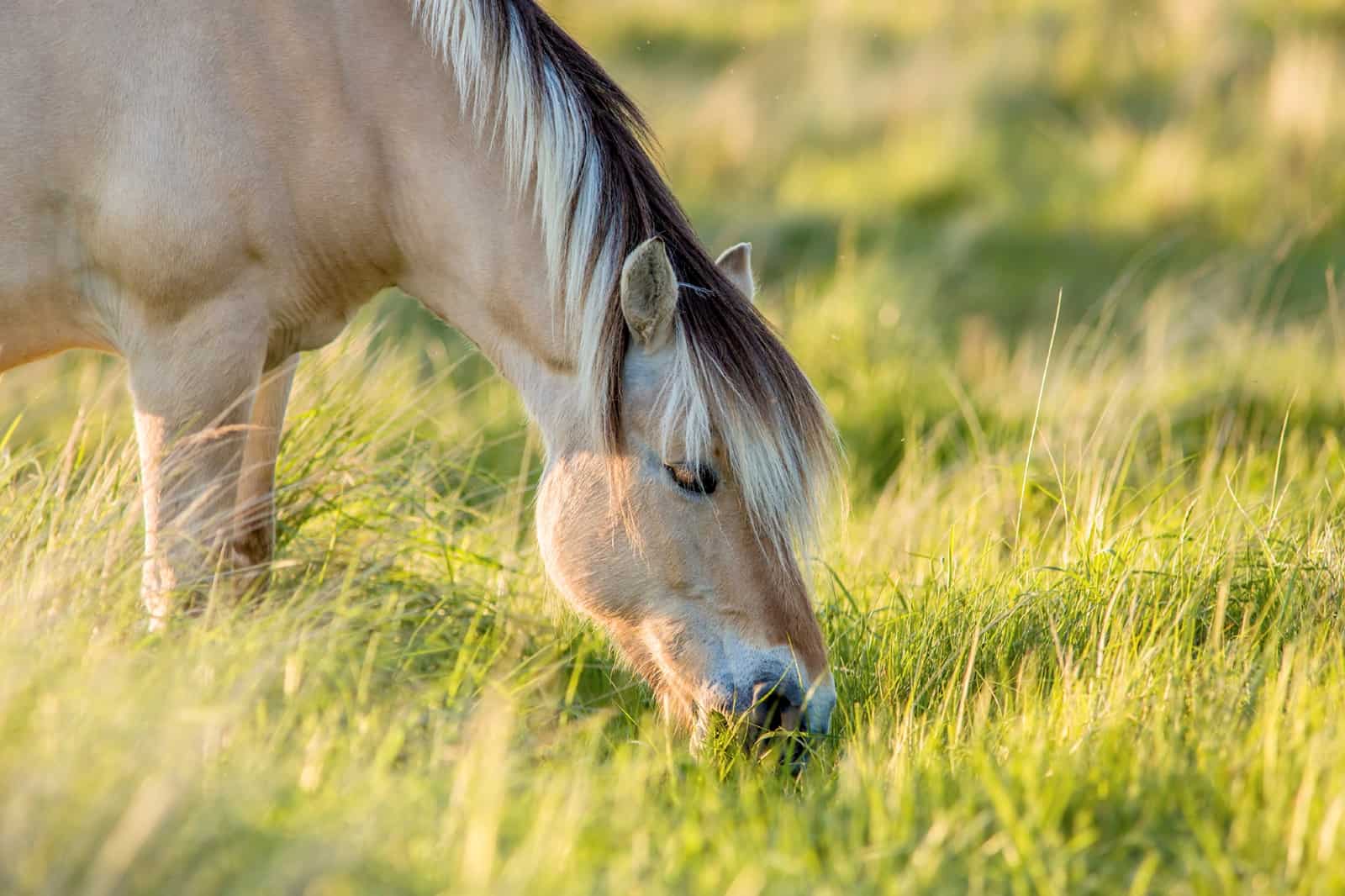
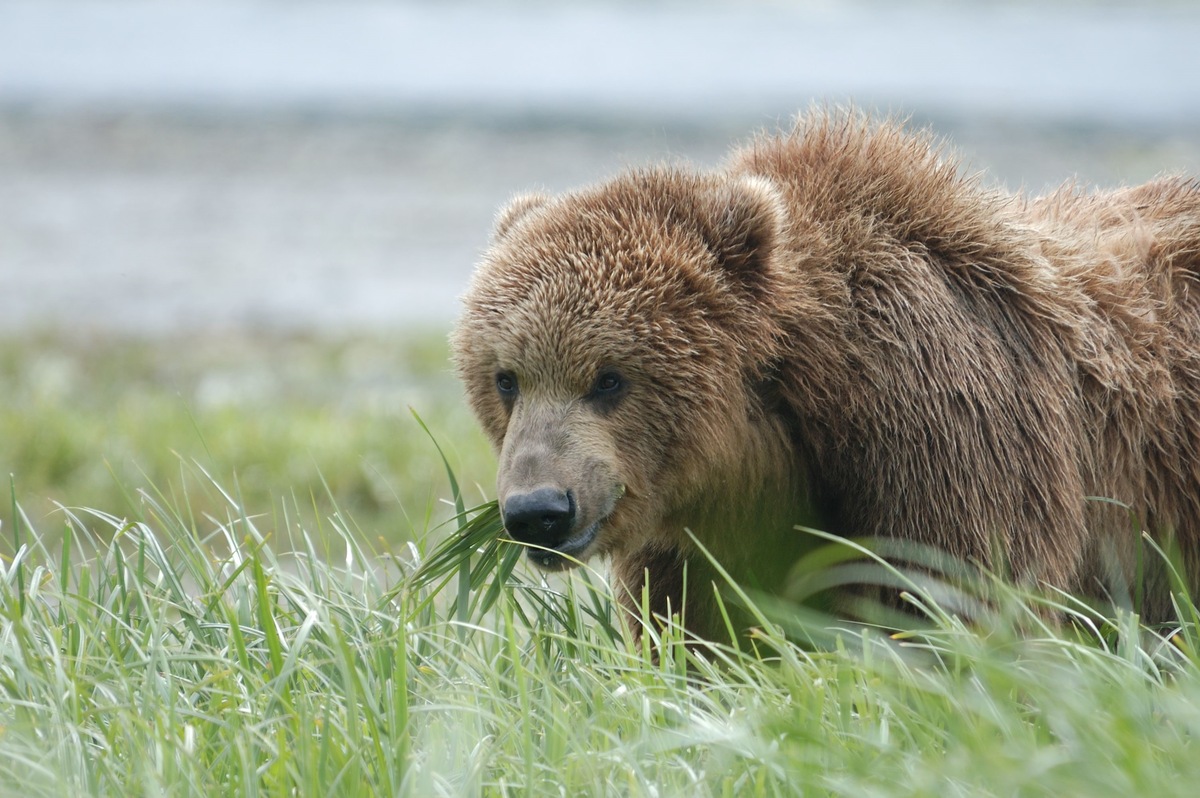
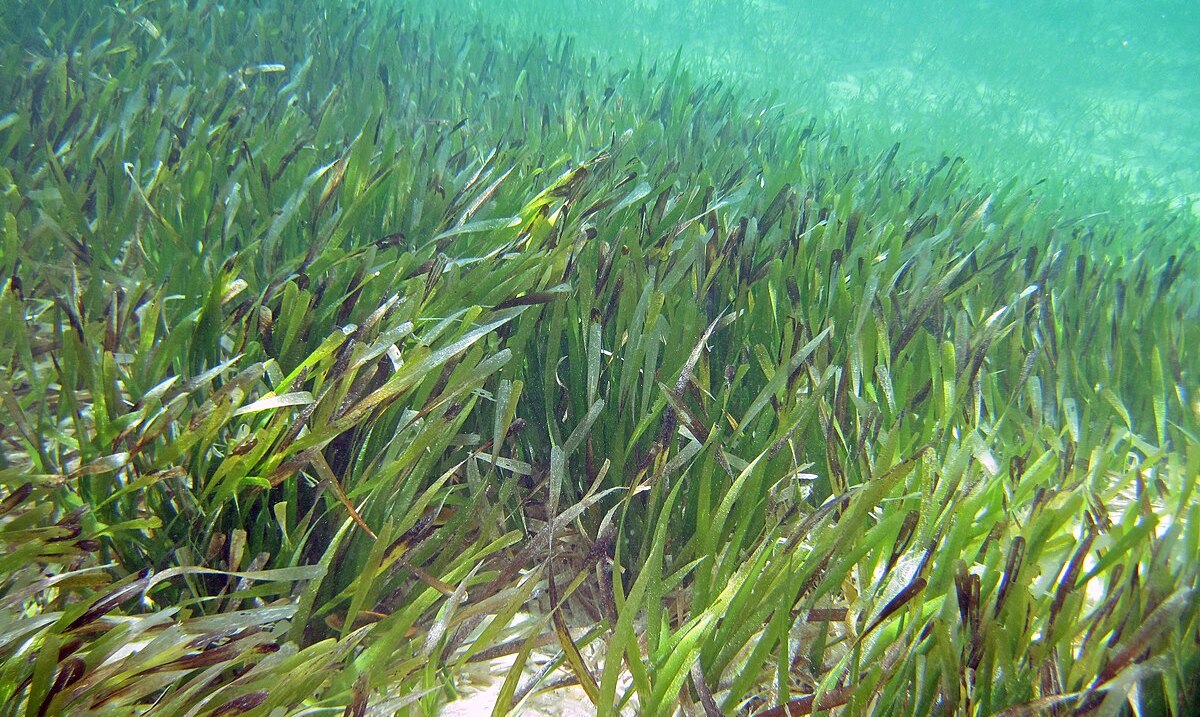
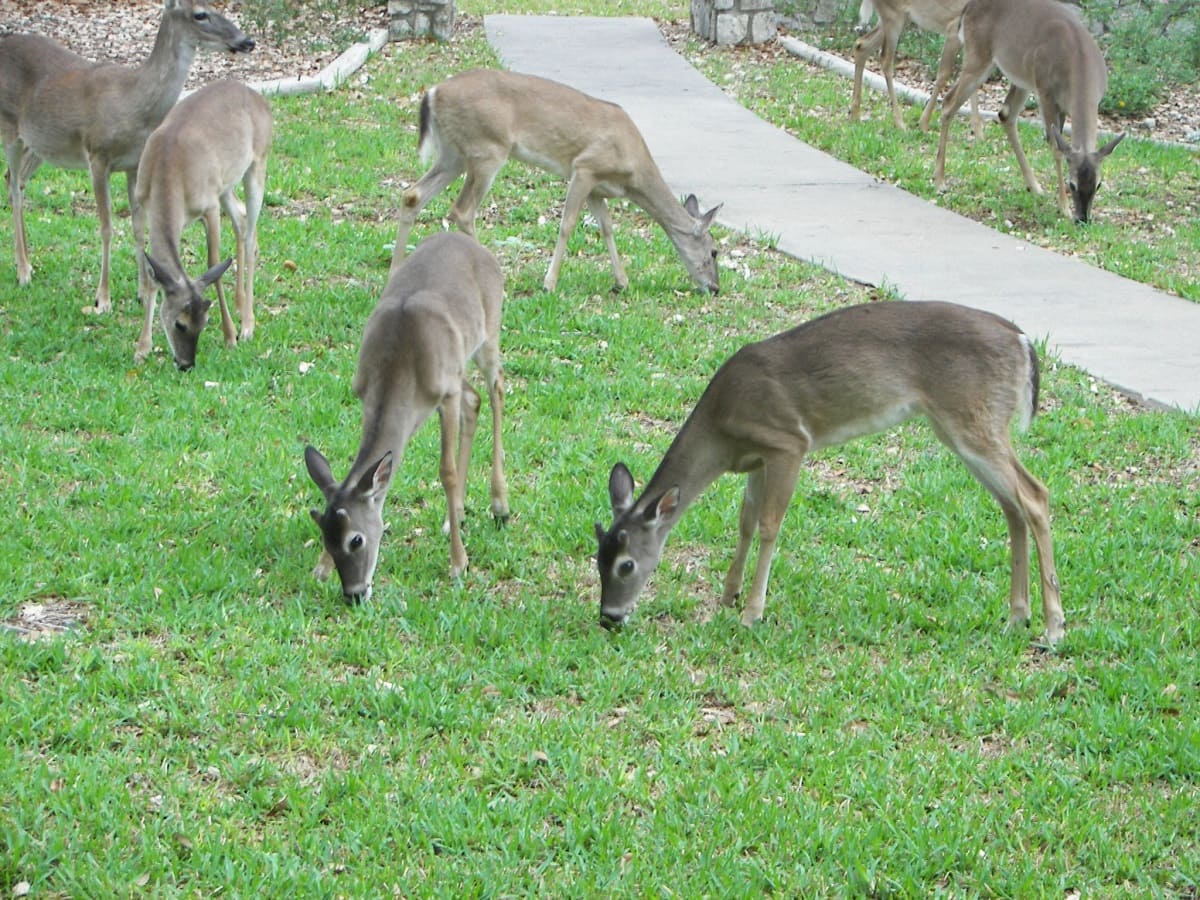
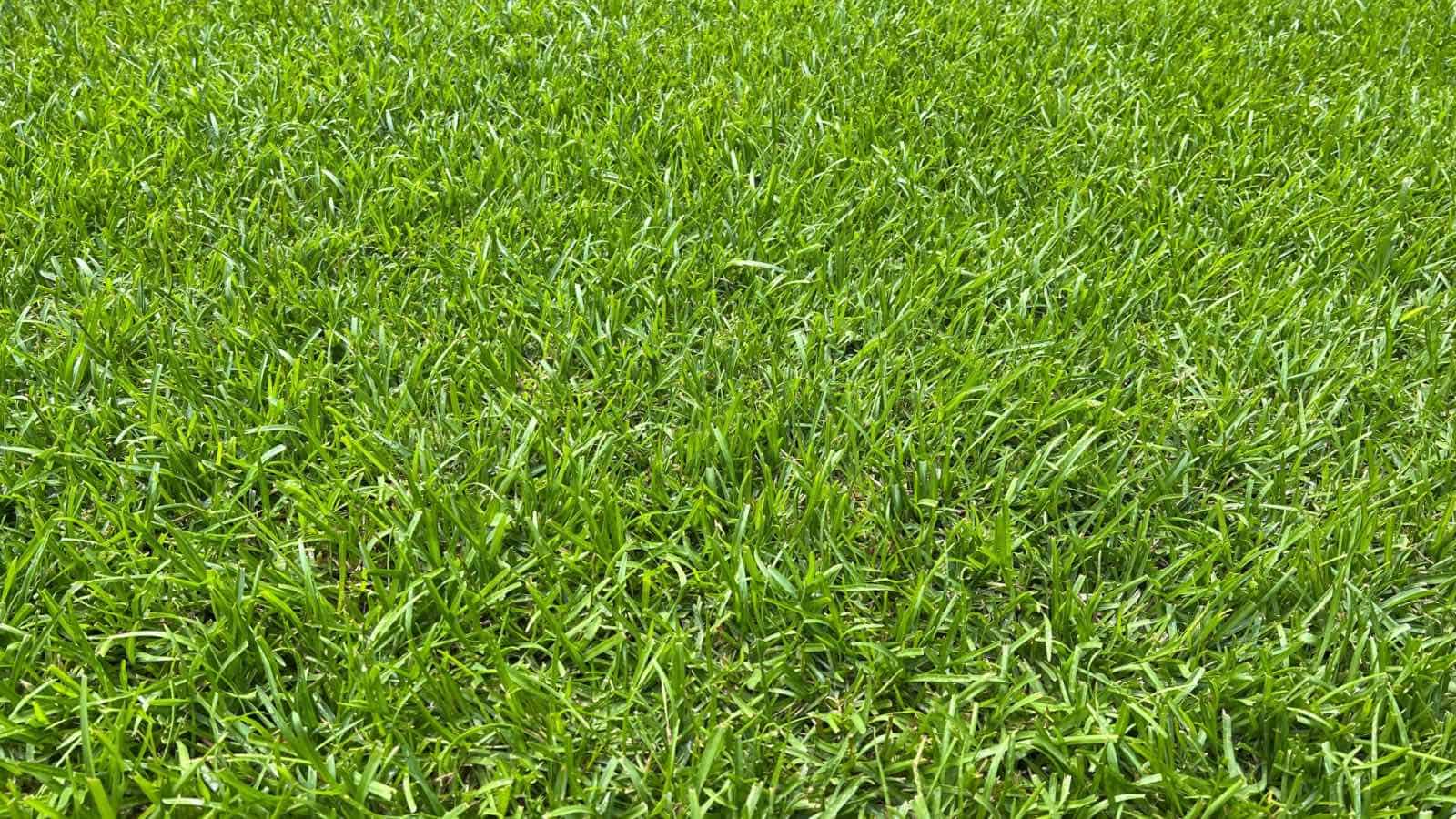

0 thoughts on “How Do Sheep Eat Grass”